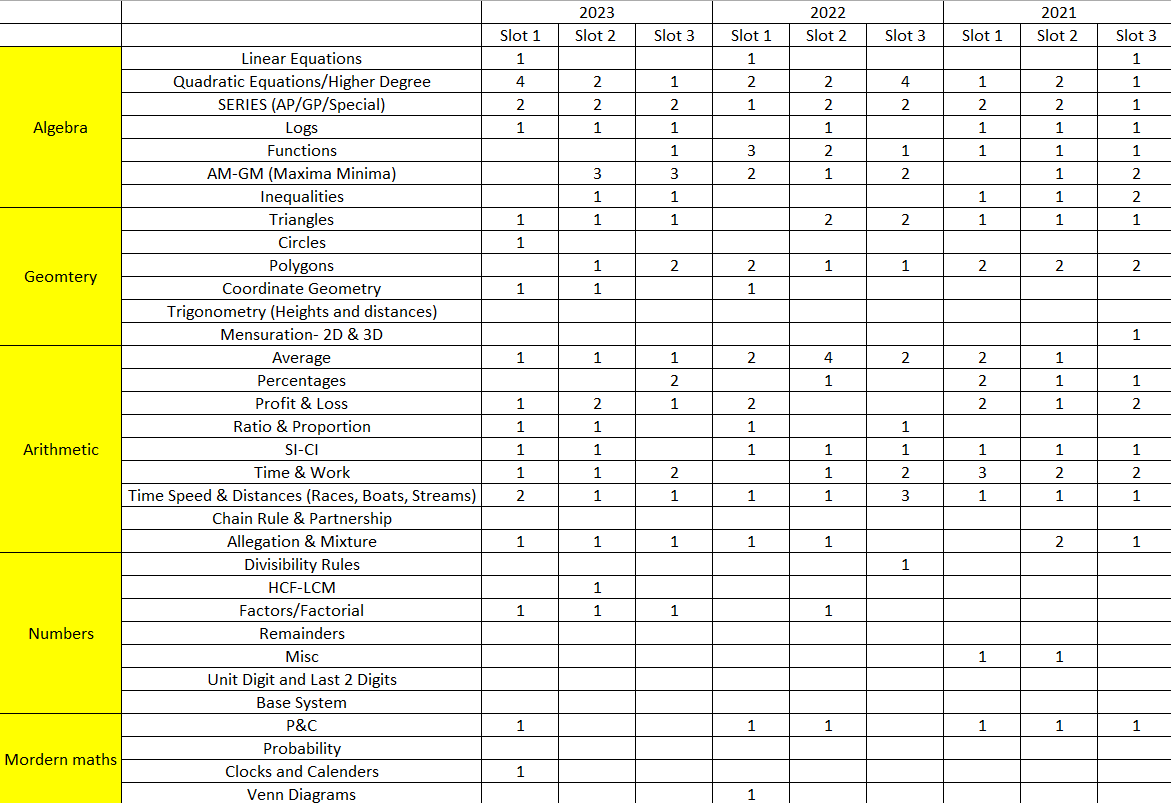To score in the top percentile and achieve your dream CAT score, it is essential to have a well-structured CAT preparation strategy. With the right techniques and a focused study plan, you can maximize your chances of success.
When it comes to the CAT exam, understanding the syllabus is the first step towards success. Each section requires specific skills and knowledge, and a thorough grasp of the syllabus will help you prioritize your preparation effectively.
Logical Reasoning questions evaluate your logical thinking and reasoning abilities. These questions often involve solving puzzles, analyzing patterns, making deductions, and evaluating arguments.
Verbal Ability questions focus on assessing your English language skills, including grammar, vocabulary, and reading comprehension. You may be required to answer questions related to grammar rules, vocabulary usage, sentence rearrangement, and passage-based comprehension.
Quantitative Aptitude questions test your mathematical and problem-solving skills. These questions cover various topics such as arithmetic, algebra, geometry, number systems, and data interpretation.
Understanding the different question types in the CAT exam will help you allocate your study time efficiently and develop targeted preparation strategies. Let’s take a look at a table summarizing the question types and their respective formats in the CAT exam:
In order to cover the entire CAT syllabus efficiently, it is important to adopt effective strategies that maximize your preparation. Here are some practical tips to help you achieve CAT syllabus completion:
Identify what motivates you and use it as a source of inspiration during your CAT preparation. Whether it’s the desire to secure admission to your dream B-School or the thought of a rewarding career, remind yourself of your goals and why you embarked on this journey.
Stay positive even during challenging times and setbacks. Understand that CAT preparation is a journey that requires continuous effort and perseverance. Embrace the ups and downs, remain focused on your goals, and believe in your abilities. By staying positive and persistent, you can overcome obstacles and maintain your motivation throughout the preparation process.
Regularly take CAT mock tests and solve practice papers to evaluate your progress and identify areas that require further improvement. Mock tests simulate the actual exam environment, helping you improve your time management skills and familiarize yourself with the exam pattern.
Implement these strategies consistently and tailor them to suit your individual learning style. By following the best way to cover the CAT syllabus, you can optimize your preparation and increase your chances of success in the CAT exam.
In conclusion, covering the entire syllabus of CAT can be a challenging task, but with a strategic approach and effective study plan, you can achieve excellent results. By following the tips and techniques outlined in this guide, you will be well-prepared to tackle the CAT exam and succeed in securing a top percentile.

















